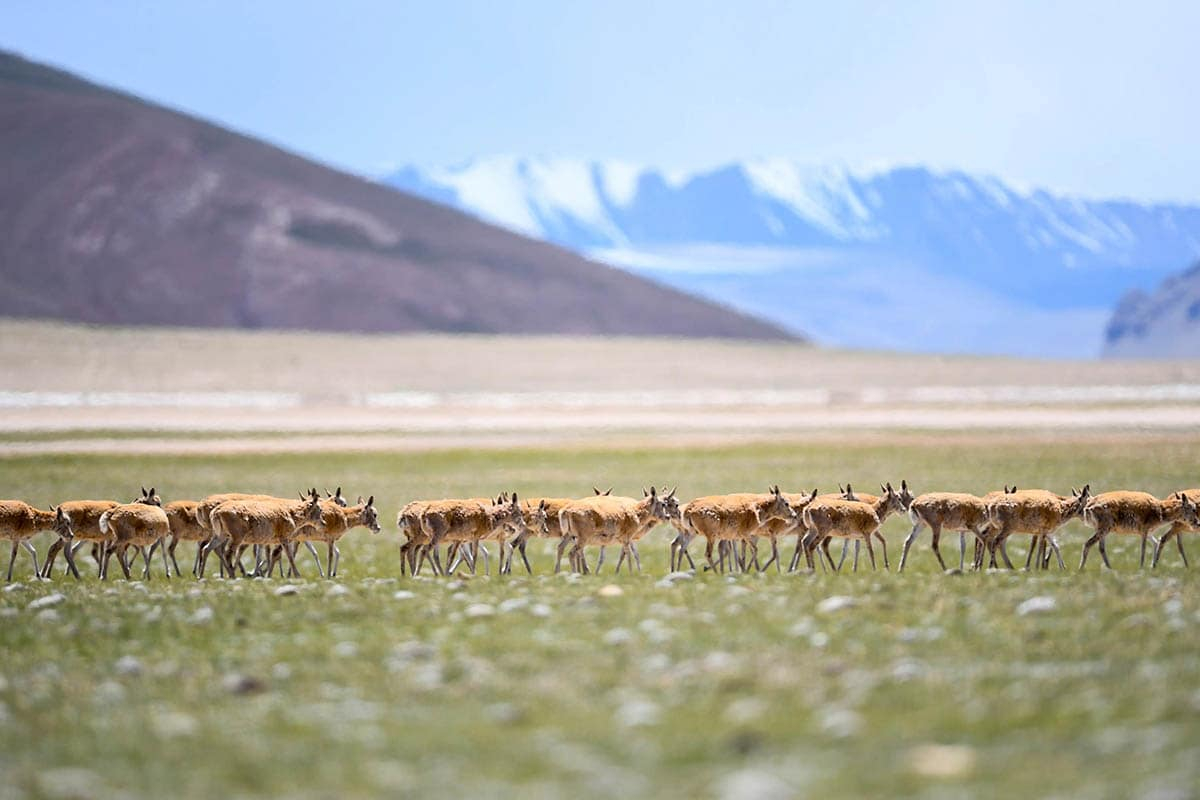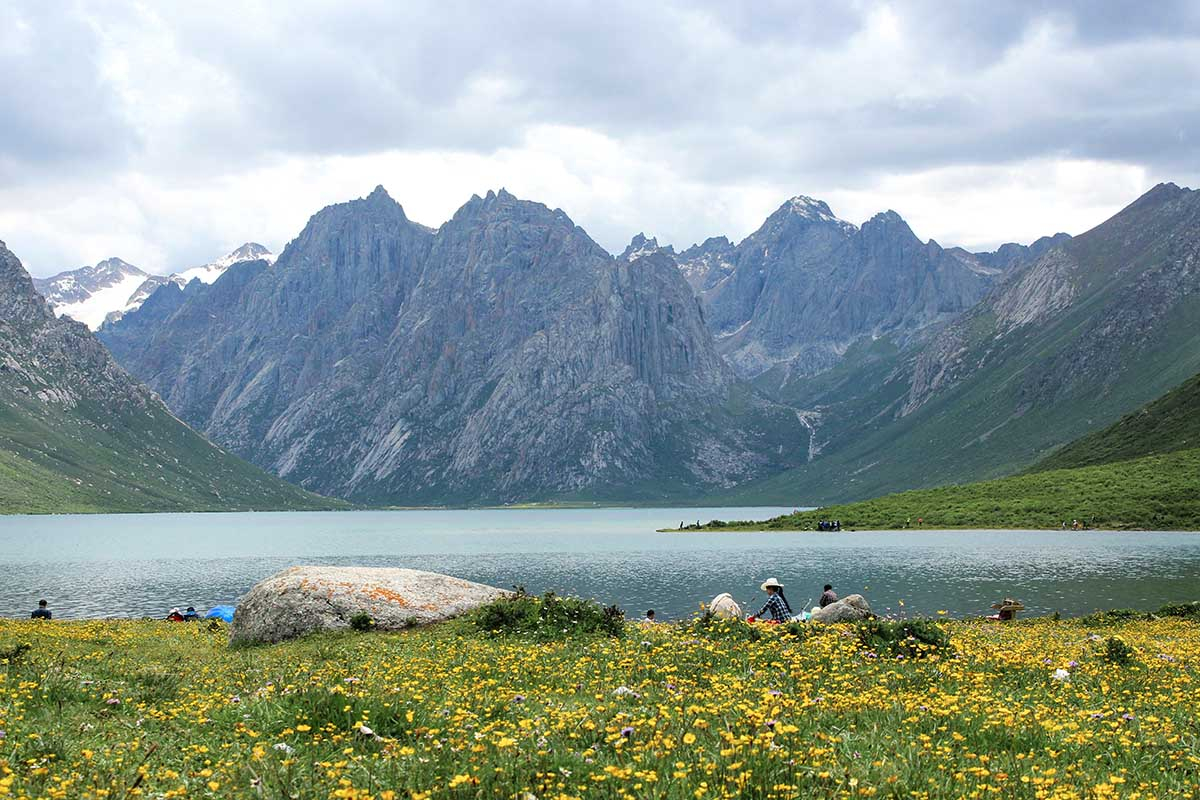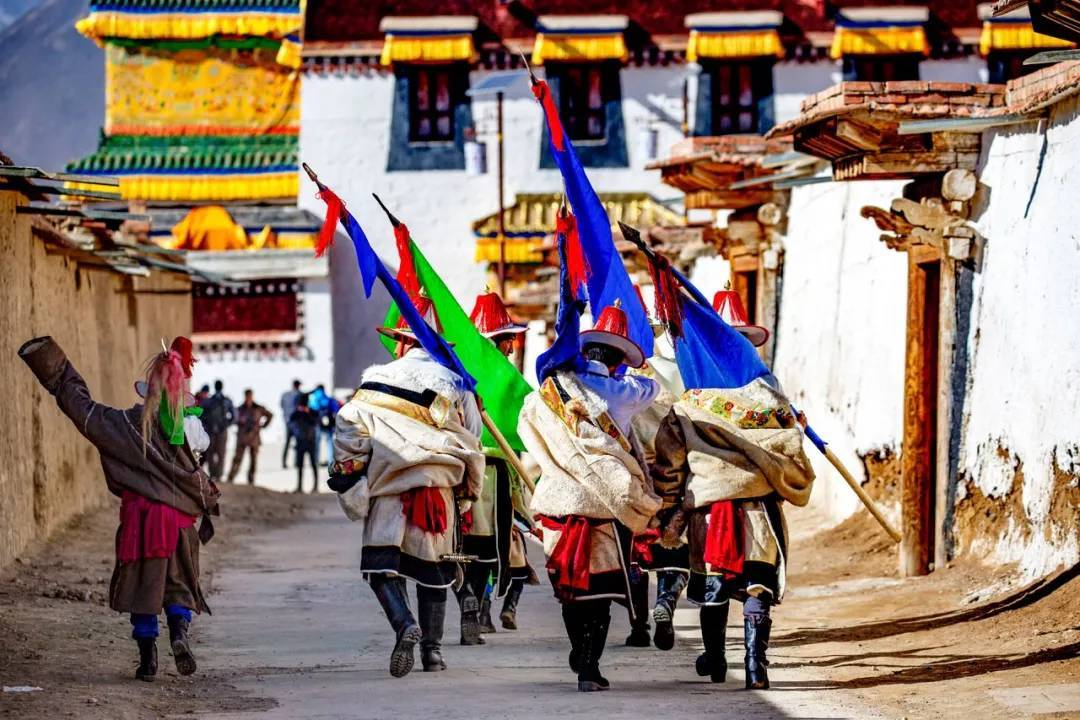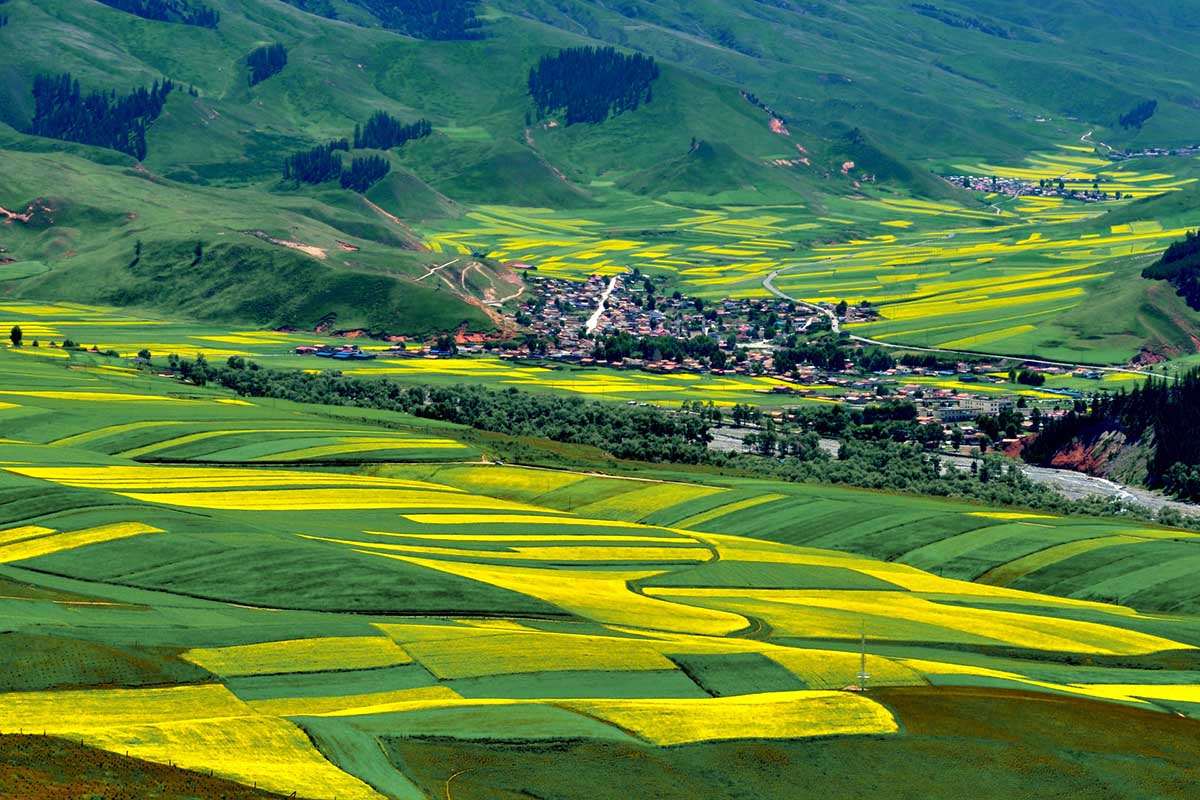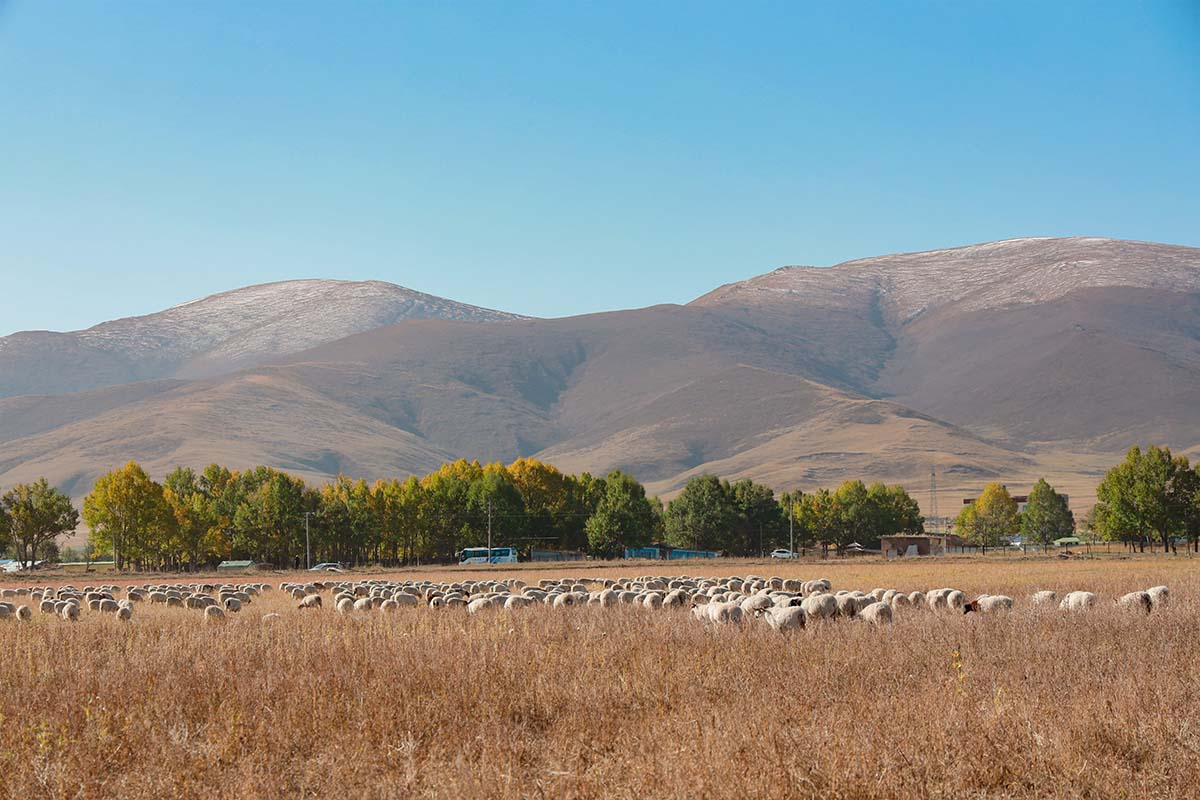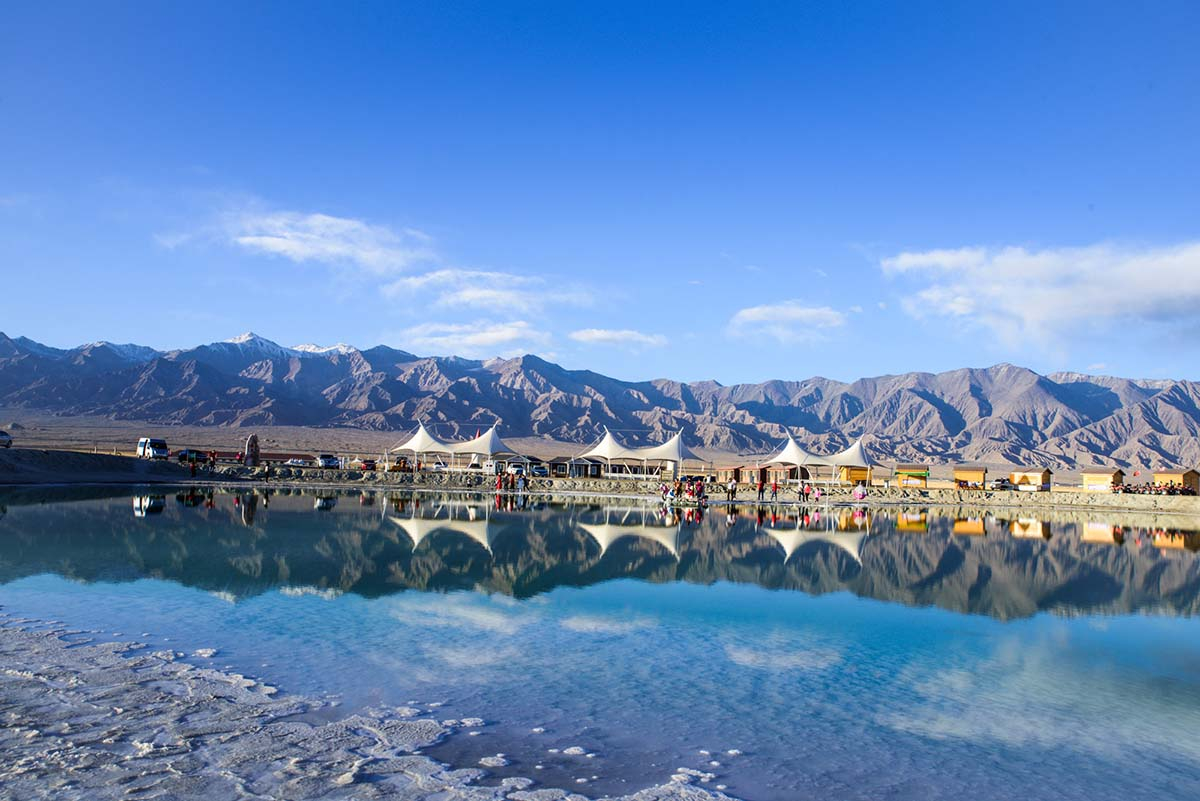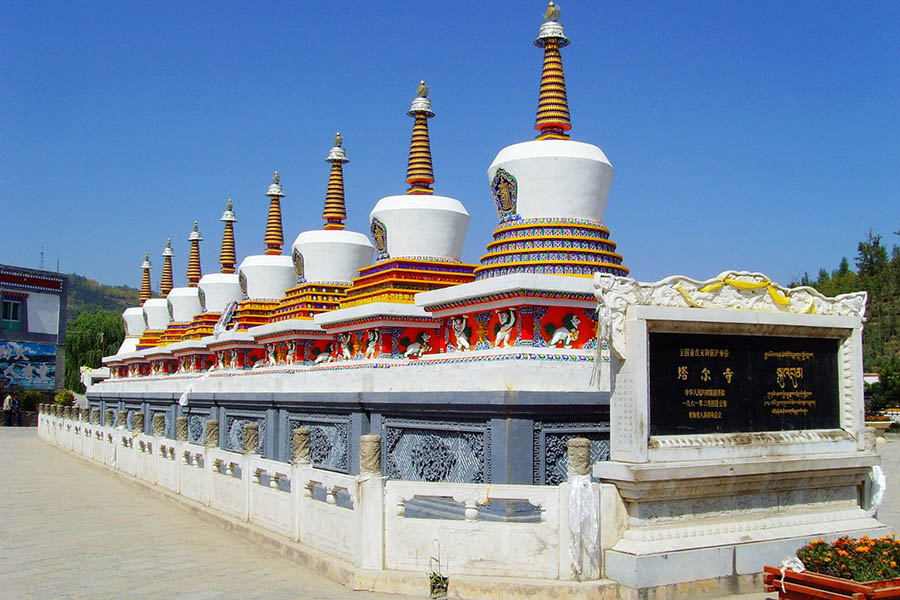A brief introduction of Hainan Tibetan Autonoumous Prefecture

Hainan Tibetan Autonomous Prefecture formerly known as Tsolho Tibetan Autonomous Prefecture is an autonomous prefecture of northeastern Qinghai Province in Western China. The prefecture has an area of 45,895 square kilometres and its seat is located in Gonghe County. It is located in the northeast of Qinghai Tibetan Plateau and the south of Qinghai Lake, thus getting the name "Hainan".
Lying in the Gonghe Basin, Qinghai Lake Basin and the Yellow River Valley, Hainan is lower in the center and higher in fringe area and the terrain slopes generally downward from the southwest to the northeast. Hainan has a complex continental plateau climate with significant geographical differences from low altitude to high altitude. The average temperature of the counties under jurisdiction of Hainan ranges from -4.6° C-7.2° C.
Hainan is regarded as the Eastern Window of Qinghai Tibetan Plateau a, taking advantage of the vast agricultural (grazing) lands, Hainan mainly developed farmyard and grazing themed tourism. Tourists are able to enjoy the natural scenery of local agricultural and pastoral lands while at the same time, they can also appreciate local folk songs, dances and culture.
Qinghai Lake, Qiabuqia Town and Guide County are the three main scenic areas of Hainan Prefecture. It is the largest salt lake in China situated between Haibei and Hainan prefectures. Longyangxia Hydropower Station is the first large-scale cascade hydroelectric power station on the upper reaches of the Yellow River. Around the dam area and Qiabuqia Town, there are also several scenic spots and holiday resorts. Guide County has many historic relics, such as Yuhuang Pavilion, Nanhai Hall and Zhenzhu (Pearl) Temple. On the boundary area between Gonghe County and Huangyuan County of Xining, the Riyue Mountain is the inevitable pass to the Qinghai-Tibet Plateau.
When it comes to local special snacks, hand grabbed mutton, yogurt, milk tea and sheep tendons can be good dishes for tourists to try.
Hainan is a prefecture of seven different nationalities, including Han, Tibetan, Hui, Tu, Mongol, Salar, Kazak, with the Tibetans account for 57% of the total population.The various minority ethnic groups retain their own folk customs and live harmoniously and happily in the region.The most outstanding local culture is the Tibetan Layi, which is a combination of all the Tibetan folk music and has been selected as the first group of National Intangible Cultural Heritage.
● Main Cities of Hainan
Gonghe County
Gonghe is a county in Qinghai province in the north of Hainan Tibetan Autonomous Prefecture. It is known for its spectacular mountainous scenery and rich history. To the north of Gonghe, you can see the edge of Lake Qinghai, the largest fresh water lake on the Qinghai-Tibet plateau and a popular grazing location for local nomadic herders. The county lies at the eastern end of the Tibetan Plateau and is one of the region's most important centers for livestock farming. Popular attractions include Qinghai Lake and Longyangxia Dam, the largest and highest capacity hydroelectric power station in the region.
Gui’de County
Gui’de is a small Tibetan city located south of Xining. Because of its name, you will find it hard to search for information about it in English. It is near the origin of the 3 rivers (Yellow, Yangtze and Mekong). It has an historic Old Town dating to the Qing Dynasty, which is still partially surrounded by rammed earth city walls. Unfortunately, as of 2014, in a classic case of Chinese tourism "development", virtually all of the old town has been razed, and the local government has erected billboards depicting ambitious plans to reconstruct an ersatz fake "old" town in its place.
Nevertheless, there are still sites and attractions of interest in Guide. The drive from Xining passes through stunning eroded sandstone topography and is worth the trip in itself. For now, it is still remote enough and low-profile enough to be mercifully free of the Chinese tour group herds, though several sprawling "international" Chinese hotels currently under construction near the highway indicate that it may not stay that way forever.
- HOTEST
- RECOMMEND

